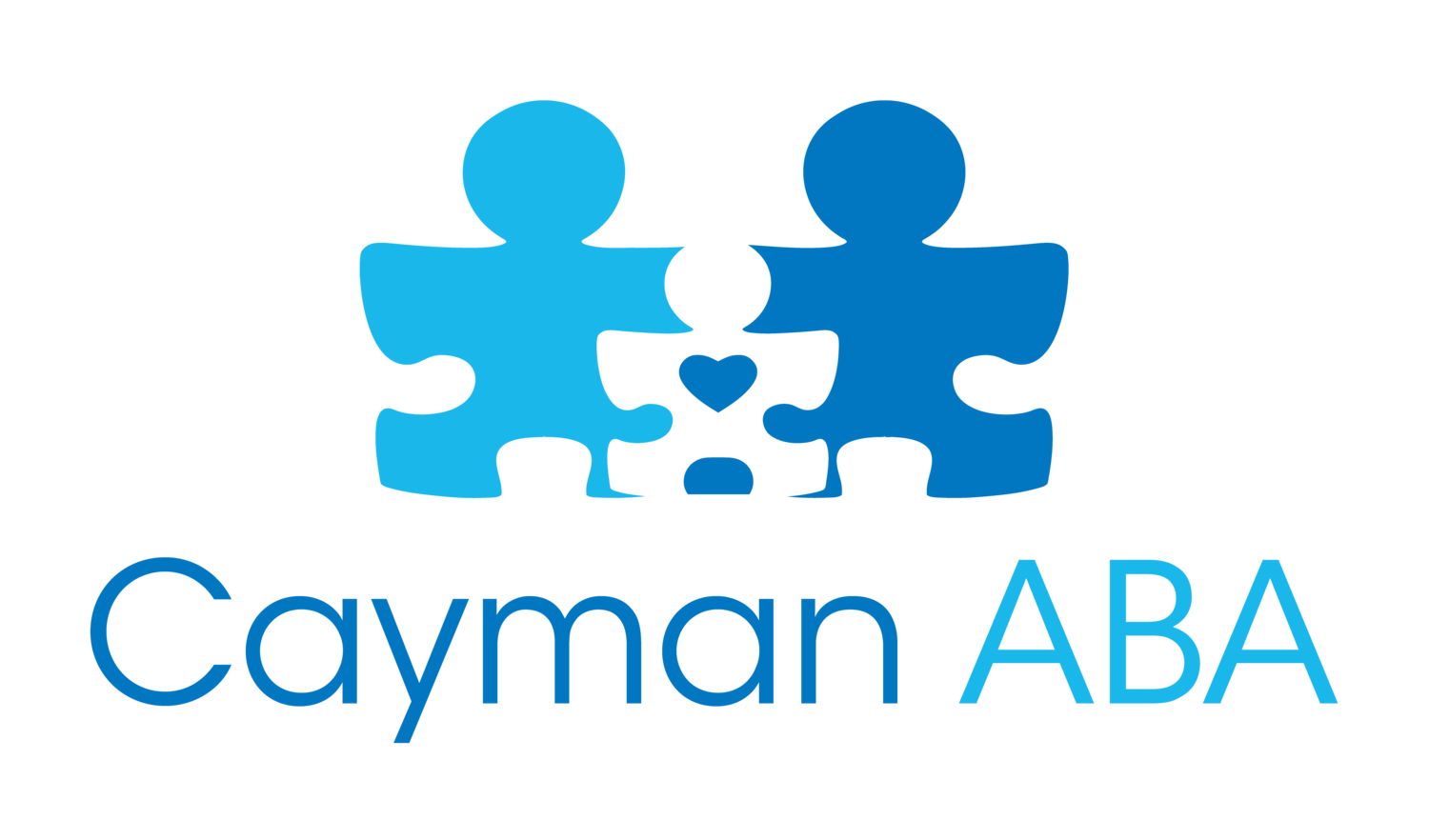Visual supports are pictures used in ABA to help those who might have difficulty in understanding language. Visual supports can be a range of visuals including drawings, written words or photographs.
We use visual supports everyday in our life. A shopping list for groceries, road signs when driving, or signage on stores saying whether they are open or closed. Visual supports are useful in many ways. For individuals with autism, they can help in many ways. They can teach social skills and help with understanding social situations. Visual supports can also be used as a social story in order to understand the appropriate behaviour in a given social situation. Visual supports make it easier for people with ASD to understand language and instructions. Many parents and teachers will take advantage of visual supports while making a choice board. A choice board is a visual where the person has several choices in order to communicate their needs. A small choice board can be used as a quick reference for simple actions like, “stop”, “go”, and “help”. Visual supports are also helpful for a daily schedule. It can be divided up into sections during the day and have a picture representing each activity.
Visuals are important because they tend to make more sense for people with autism who might struggle with the complexities of verbal communication. Remember, if it’s a new strategy you will have to teach them how to use it. Let’s go over a few examples of methods to use visual supports.
1. Choice boards
A choice board is designed to have multiple pictures and is useful for those who have limited language. The idea is to have the person make a choose between items. This can also be done with objects in combination with the choice board so they can see the items they are choosing.
2. Visual Schedule
A visual schedule can be useful when communicating expectations. Often a first/then visual will be used. For example, you can have a picture of table work (first) and after it is finished a picture of an ipad (then). They can also become useful in visually representing the structure of your day. It can serve as a visual reminder making transitions easier and gives the child and idea of what to expect throughout the day.
3. Visual Quick Reference
These are often on a necklace or keychain and are laminated flash cards for quick access in order to redirect behaviour or facilitate transitions/requests. An example would be showing a picture of a stop sign with the word stop on the card, or showing the child a picture of the washroom.
